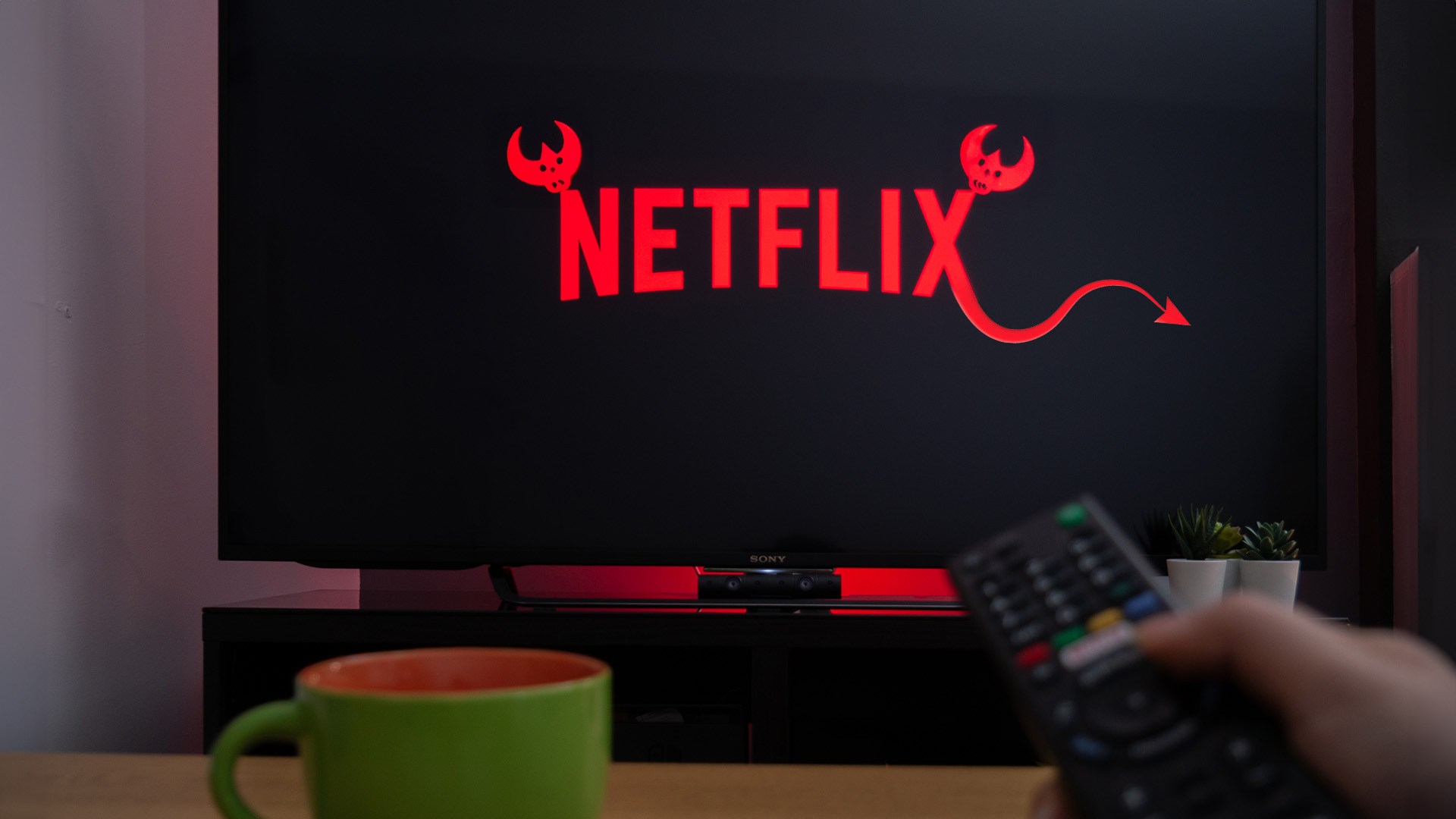Netflix created another fuss this week with its decision to abandon regular updates on subscriber numbers and revenue data, in what is looking more like an admission that it has reached what some analysts might call “Peak Netflix”.
In many respects, the decision is really the abandonment of its fun pioneering days amid the realization that it is a grown-up company, having won the streaming wars. But in retreating, it will find that speculation surges about the data it is going to drop, meaning a rise in the potential volatility of the share price and continuing uncertainty.
On Wall Street, less disclosure is never a good thing, and Netflix’s move to drop regular disclosure of its quarterly subscription numbers is not going down well, judging by the near 5% fall in the company’s share price after hours Thursday.
Those subscriber numbers (especially the size of the additions) are closely watched signals of Netflix’s business health. The company’s decision to stop giving out that number on a regular basis from next year is about to become a negative, with some early commentary suggesting that it is Netflix preparing for a slowdown in new subscriber numbers in the near future.
The company has squeezed out millions of additional subscribers thanks to its password-sharing crackdown and through the introduction of its cheaper advertiser-supported plans. Now it knows its growth spurt is going to slow — and now it wants investors to stop obsessing over those subscriber numbers and instead focus on other metrics (which are strong anyway, especially revenue, earnings, and cash flows).
“The movement to no longer disclose quarterly subscriptions from next year will not go down well; more so given the subscriber growth that the streaming king has seen over the last year,” said one US analyst after the company’s very strong quarterly results were released.
One fund manager told CNBC that the move is an indication that the company recognizes it won’t likely be able to keep up with the subscriber growth it saw in 2023 and into last quarter, likely driven in large part by a password-sharing crackdown.
“They are thinking forward to next year and don’t want to be held accountable to that metric.”
Another surprising decision from the quarterly report was the decision to drop what Netflix calls ARM (average revenue per member).
Others refer to it as ARPU (average revenue per user – Foxtel does here in Australia). It is a key metric on Wall Street, with analysts using it as a way of trying to level the playing field for competitors whose sizes and strategies vary.
And it will see a reduced level of reporting of the company’s quarterly results because without the subscriber numbers to focus on, Netflix will become just another company reporting revenue, earnings, EPS, cash flow – all very mundane and the same.
If the likes of Disney finally get their stuff together and start seeing renewed growth in their streams (especially the sports stream coming from ESPN), it will highlight the retreat by Netflix.
The new approach by Netflix will remove a large area of transparency from its reporting, which stood out compared with some of its rivals, such as Apple TV and Amazon’s Prime, both of which do not give subscriber numbers at all.
Apple does for its tech products and overall subscriber numbers (which include Apple TV but also Apple Music, etc.).
Disney has been providing numbers for its streaming service, and Paramount does for Paramount, while Warner Brothers Discovery has revealed numbers for its streams.














